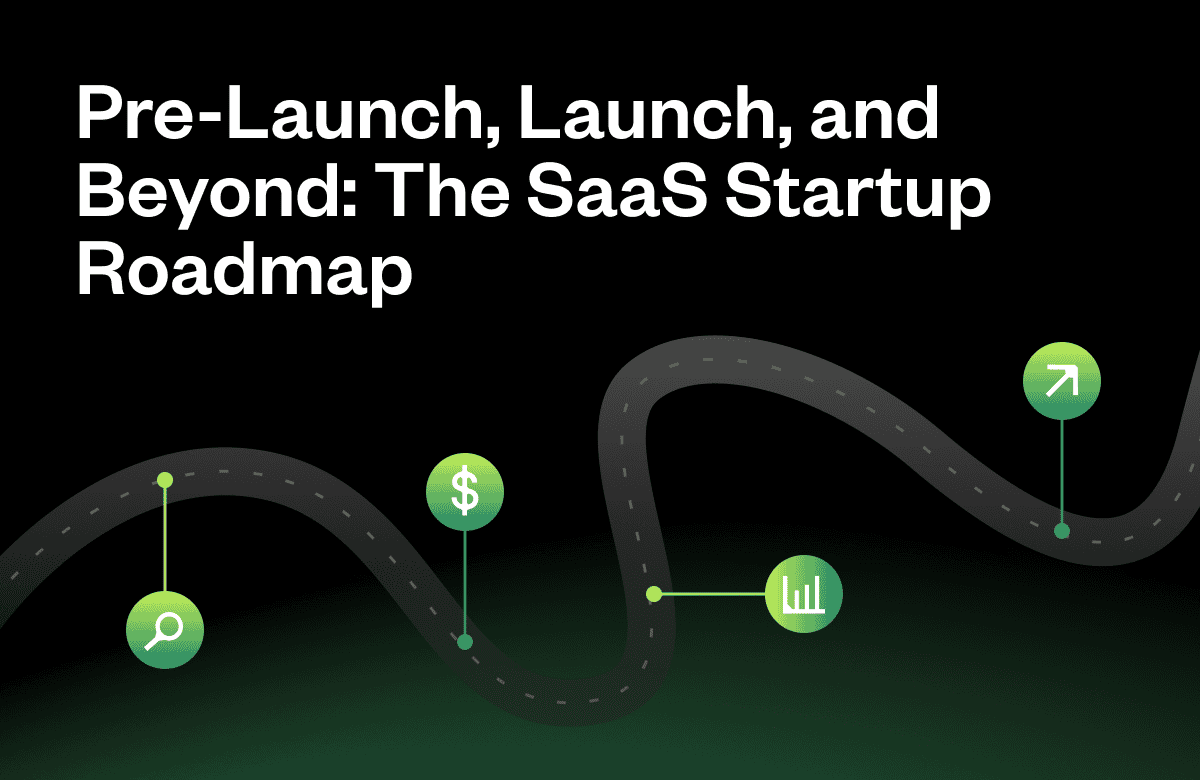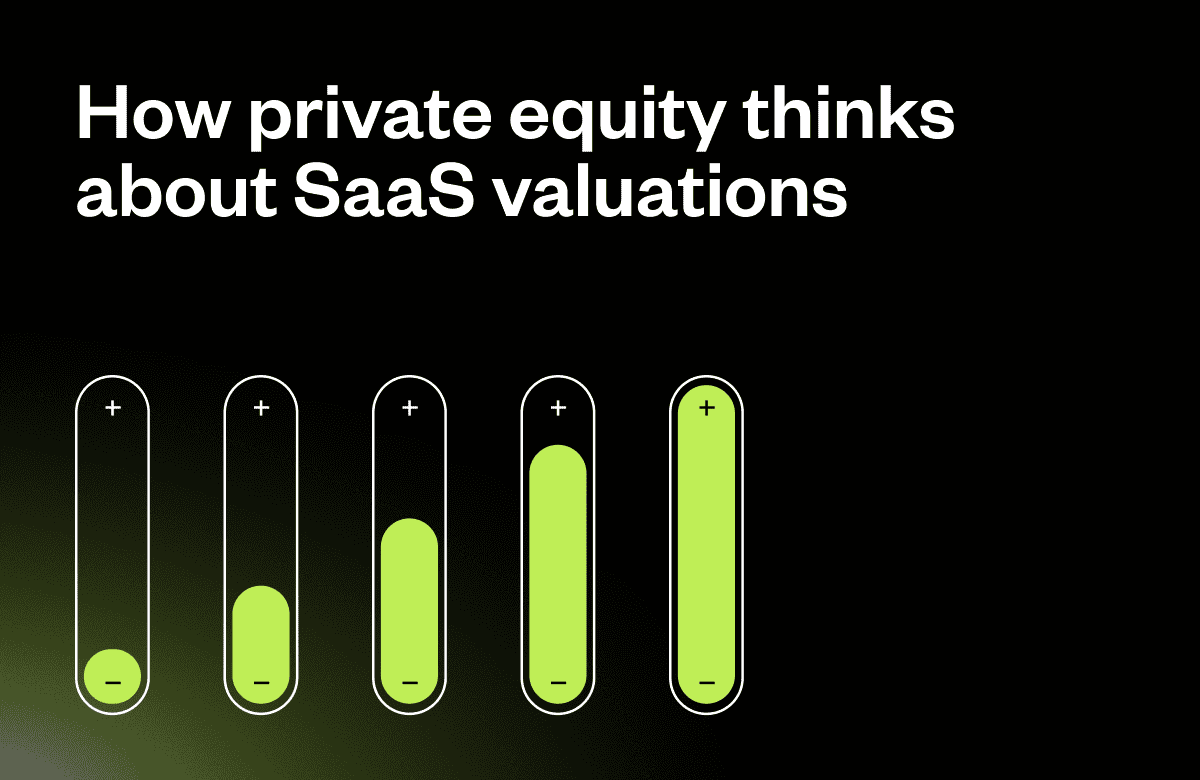Debt can be a powerful tool for SaaS companies—but only when used strategically. Unless you’re acquiring another company or doing a recap, debt primarily serves one function: extending your cash runway.
With that in mind, what type of debt would be best for your company? Below is a simple formula and a modeling tool I put together to help you assess your options.
A Formula for Measuring the Cost of Debt in SaaS
(Total Interest + Fees) / Months of Runway Extension
This formula captures what you pay versus what you get. A low-interest loan might seem attractive, but if it doesn’t significantly extend your runway, it’s actually a really expensive form of financing. (For now, we’ll skip warrants.)
To make an informed decision, you must analyze three critical factors: loan amount, structure, and lender discretion.
Loan Amount: Balancing Size and Risk
The loan amount is the most crucial factor, but it is also a double-edged sword. A $10 million loan will extend your runway more than a $5 million loan, but the more you borrow, the greater the risk to your business.
A good rule of thumb: don’t borrow more than 50% of ARR.
- If debt stays below this threshold, you can cut expenses and still service the loan without completely gutting the organization.
- If debt exceeds 50% of ARR, the business becomes dependent on external funding, and control shifts to the lender or equity backers.
- The lower your gross margin, the lower your ARR debt ceiling should be. This rule assumes an 80% or better gross margin.
Loan Structure: Where the Magic Happens
The structure of a loan has a significant impact on its actual cost.
- Term loans should have long interest-only and long amortization periods—this is where most of the financial benefit lies. Short amortization periods (<24 months) don’t allow enough time to use the capital effectively.
- Lines of credit provide the best cost advantage, allowing you to borrow only when needed. However, it’s crucial to confirm whether the lender has discretion over each advance. If they do, funds might not be available when you need them.
- Revenue-Based Financing covers a lot of different structures; it must be modeled to be understood, but typically consists of multiple short-term advances at the lender’s discretion.
- Zero amortization is good, but risky. This structure does a great job extending runways, but what’s the plan when they come due? You can’t fund repayment out of cash flow, and the lender can take the business. Ironically, they are called “bullet loans.”
Borrowing Money When You Just Raised Equity
Most traditional venture debt is, frankly, dumb debt. It’s often structured as a term loan issued alongside an equity round, meaning the borrowed money just sits in your bank account with the equity proceeds.
These loans are marketed to “average down the cost of capital,” but what tangible benefit do they have for the business?
Run the numbers yourself: how much longer does the loan actually extend your runway over what equity alone would have done? Typically, not much. Ironically, the higher your burn rate, the more useful the loan, but the less likely your company will be able to repay it.
Compare Your Loan Options with the SaaS Loan Analysis Calculator
Before taking on debt, you must model different loan structures and repayment scenarios. Together with Maxio, I put together this SaaS Loan Analysis Calculator to help evaluate financing options and determine what’s best for your business.




